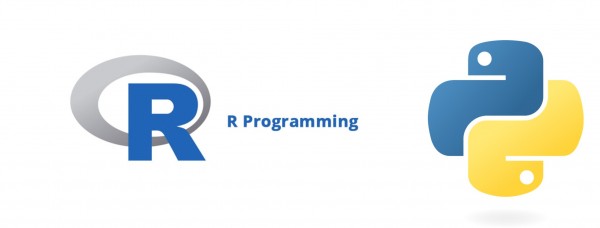In the context of Power BI, numerous programming languages and tools can be incorporated to provide advanced analytics. Here is a summary of some practical options that can be leveraged:
DAX (Data Analysis Expressions): DAX is the main language used in Power BI whenever custom calculations, measures, or aggregations are to be created. It is crucial for any modeling and undertakings that involve similar data manipulation beyond basic calculations. DAX helps construct intricate formulas that help make sense of the data contained in the datasets.
Power Query (M Language): Power Query is a data manipulation tool located within Power BI. It enables you to clean, filter, and pre-transform assorted types of data before it is imported into the dashboards. It is very important in getting data ready for high-level analysis.

R and Python: Such programming languages can be embedded in Power BI to carry out high-level statistical computations, data analysis, and processing. R or Python text blocks can be called upon to execute more intricate processes, such as unique chart displays and operations that are not possible or native within Power BI. These two languages are the most adopted in the field of data science and analytics, hence their relevance in enhancing the Power BI service.
Such tools make it possible to perform advanced analytics in Power BI efficiently and conveniently, as anyone can easily understand how to use them.
 REGISTER FOR FREE WEBINAR
X
REGISTER FOR FREE WEBINAR
X
 Thank you for registering
Join Edureka Meetup community for 100+ Free Webinars each month
JOIN MEETUP GROUP
Thank you for registering
Join Edureka Meetup community for 100+ Free Webinars each month
JOIN MEETUP GROUP